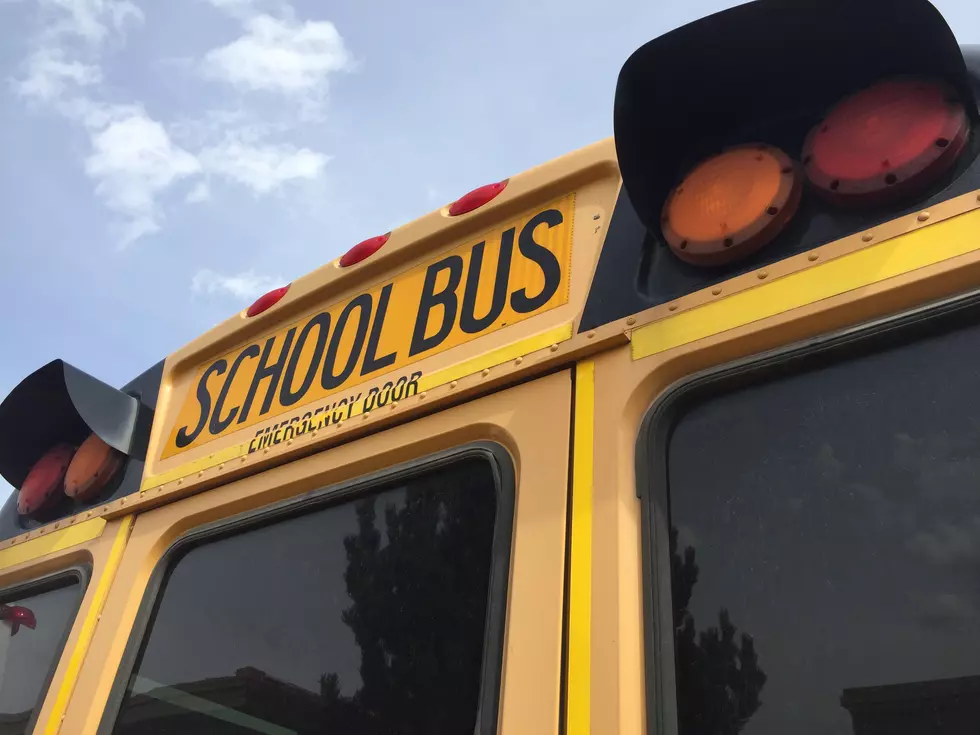
Bridge Academy Streamlines Parent-Teacher Conferences
TWIN FALLS, Idaho (KLIX) – For Kathy Hensley, a language teacher at Bridge Academy, parent-teacher conferences are not what they used to be. Not only are they now more efficient, but the students don't seem as nervous about conducting them.
The reason: technology.
Students at the public alternative school are supposed to conduct the parent-teacher meetings, but some students formerly would “clam up,” Hensley said, “especially if their progress hasn’t been great. They would get nervous to talk to their parents about it. The recording takes the pressure off.”
It's something the school started doing last year and it seems to be working well. Not only do the three-minute videos serve as a good introductory to the parents about their student’s progress, but they help streamline the conferences.
“The kids record a video, come into the classroom, grab a Chromebook, and show a short video to their parents,” she said. “The teacher could be meeting with one student while another student is showing the video to his or her parents.”
By the time the teacher makes the rounds in the classroom, the parents already have begun learning about their student’s progress and challenges.
Hensley said she used to be at the school until 8 p.m. or later during conferences, but recently she was done before 5 p.m.
“I haven’t heard anything negative about it,” she said. “It’s not that we don’t want to spend the time with each student and their parents, but both parents and students seem to enjoy it. It doesn’t seem to put a strain on anyone.”
Several schools in the district use technology in the classroom, but Bridge Academy is the only school that has implemented video conferences, said district spokeswoman Eva Craner. Each student at the school has a laptop, as do students at Bickel Elementary.
“The district utilizes some funds for mobile technology, like Chromebooks and tablets, through a grant process. Teachers apply and take training and, if selected, receive a classroom or grade level set of devices,” she said. “In addition teachers and buildings utilize outside funding sources to help purchase devices. The goal is to have one mobile device for every two students in the district, but we aren’t there yet. Some schools are closer than others.”
The three-minute videos that Bridge used for its parent-teacher conferences are recorded during students’ advisory classes.
“It works out really well,” Hensley said. "The kids like it because they get to use technology and the parents like it because their kids are using technology. Technology is not only the wave of the future, but it’s the present.”
More From News Radio 1310 KLIX









